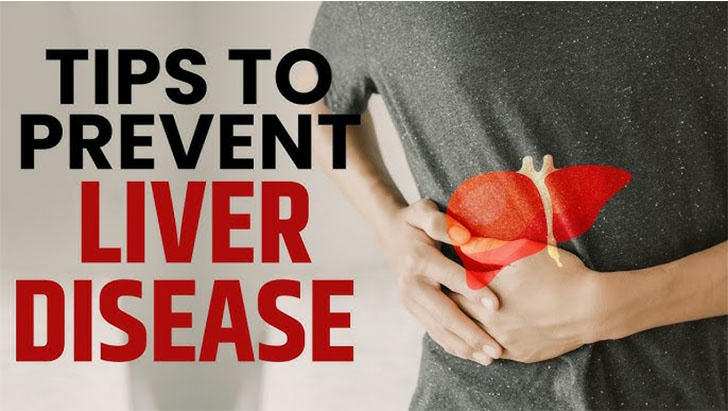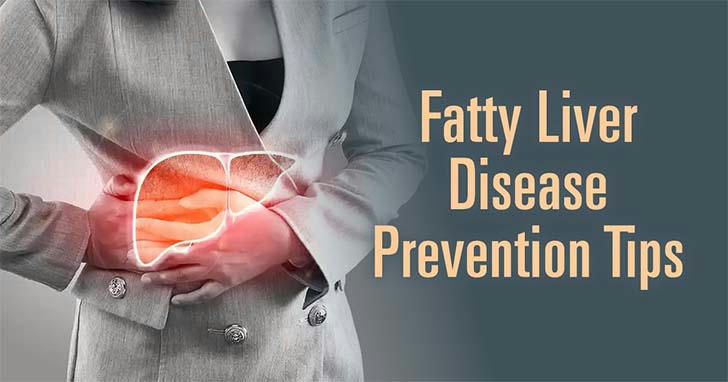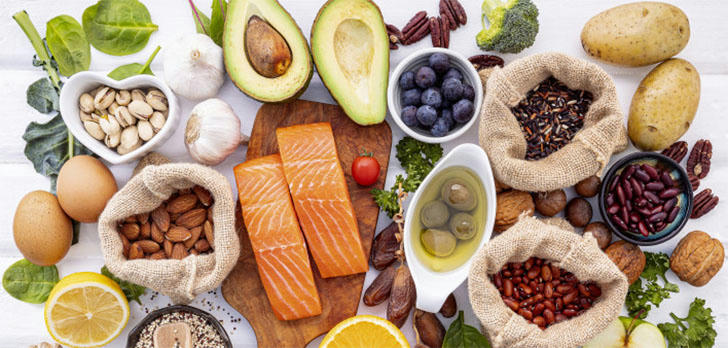Living Habits That Significantly Increase the Incidence of Fatty Liver Disease
Fatty liver disease, particularly non-alcoholic fatty liver disease (NAFLD), has become a growing health concern, affecting approximately one in four adults in the United States. This condition occurs when excess fat accumulates in the liver, potentially leading to inflammation, scarring, and severe liver damage if left untreated. While genetics and metabolic factors play a role, certain lifestyle habits significantly increase the risk of developing fatty liver disease. Understanding these habits and how to mitigate them is crucial for maintaining liver health.

Lifestyle Habits Contributing to Fatty Liver Disease
Poor Dietary Choices: A diet high in unhealthy fats, refined sugars, and excessive calories is a primary contributor to fatty liver disease. Overconsumption of sugary beverages, processed foods, and fast food can lead to fat deposition in the liver. Notably, excessive fructose consumption—often found in high-fructose corn syrup and sugary snacks—is particularly concerning as the liver metabolizes fructose into fat.
Sedentary Lifestyle: Lack of physical activity is another significant risk factor for fatty liver disease. Regular exercise helps regulate body weight and improve insulin sensitivity. Sedentary behavior can lead to obesity and insulin resistance, both closely associated with fat accumulation in the liver.
Excessive Alcohol Consumption: While fatty liver primarily affects those who do not consume alcohol excessively, heavy drinking can exacerbate existing risk factors for NAFLD. Alcohol can lead to liver inflammation and scarring, increasing the risk of more severe liver conditions.
Obesity and Central Obesity: Being overweight, particularly having excess fat around the abdomen (central obesity), is a major risk factor for fatty liver disease. Fat cells in the abdominal area release inflammatory substances that contribute to insulin resistance, promoting fat accumulation in the liver.
Insulin Resistance: Insulin resistance occurs when the body’s cells do not respond properly to insulin. This condition is closely linked to fatty liver disease; when cells become resistant, the pancreas produces more insulin to compensate, leading to increased fat accumulation in the liver.
How to Reduce the Incidence of Fatty Liver Disease
Preventing fatty liver disease involves making significant lifestyle changes that promote overall health:
Adopt a Healthy Diet: Focus on a balanced diet rich in fruits, vegetables, whole grains, lean proteins, and healthy fats. Limiting processed foods, sugary drinks, and high-fat items can help reduce fat accumulation in the liver.
Increase Physical Activity: Aim for at least 150 minutes of moderate aerobic activity each week. Regular exercise not only helps with weight management but also improves insulin sensitivity.
Limit Alcohol Intake: Reducing or eliminating alcohol consumption can significantly lower the risk of developing fatty liver disease and protect overall liver health.
Maintain a Healthy Weight: If overweight or obese, work towards gradual weight loss through dietary changes and increased physical activity. Even a modest weight loss of 5-10% can improve liver health.
Regular Health Check-ups: Routine medical check-ups can help monitor liver health and catch any early signs of fatty liver disease before it progresses.

Case Study: Kerry's Journey to Reversing Fatty Liver Disease
Kerry Sivia’s story exemplifies how lifestyle changes can effectively reverse fatty liver disease. At 36 years old, Kerry was diagnosed with non-alcoholic fatty liver disease (NAFLD) after experiencing severe swelling in her ankles that led her to seek medical attention. Her diagnosis revealed that she also had cirrhosis due to obesity.
Determined to improve her health, Kerry took proactive steps under the guidance of healthcare professionals at a Metabolic and Fatty Liver Disease Clinic. Here’s how she turned her situation around:
Dietary Revamp: Kerry adopted a Mediterranean diet rich in fruits, vegetables, whole grains, and healthy fats while limiting red meat and processed foods. This dietary shift helped her reduce caloric intake and improve her overall nutrition.
Regular Exercise: She incorporated regular physical activity into her routine, aiming for at least 30 minutes of exercise most days of the week. This not only assisted with weight loss but also improved her insulin sensitivity.
Weight Loss Goals: Kerry set realistic weight loss goals, aiming to lose 1-2 pounds per week gradually. Over 18 months, she successfully lost 100 pounds.
Support System: With encouragement from dietitians and healthcare providers at her clinic, Kerry felt motivated to stay on track with her lifestyle changes.
After implementing these measures, Kerry returned for follow-up tests that showed significant improvement in her liver health. Her ultrasound results indicated only mild fatty deposits remaining in her liver, while blood tests showed improved enzyme levels—an encouraging sign that she was on the right path.

Conclusion
Fatty liver disease is a prevalent condition influenced by various lifestyle habits such as poor dietary choices, lack of physical activity, excessive alcohol consumption, obesity, and insulin resistance. However, by adopting healthier habits—such as maintaining a balanced diet, increasing physical activity levels, limiting alcohol intake, managing weight effectively, and engaging in regular health check-ups—individuals can significantly reduce their risk of developing this condition or even reverse its effects if diagnosed early.
Kerry Sivia's journey illustrates that with commitment and support from healthcare professionals, it is possible to reclaim one's health from fatty liver disease through lifestyle modifications. Awareness of these habits is essential for prevention and management of fatty liver disease as it continues to rise as a public health concern in today's society.
